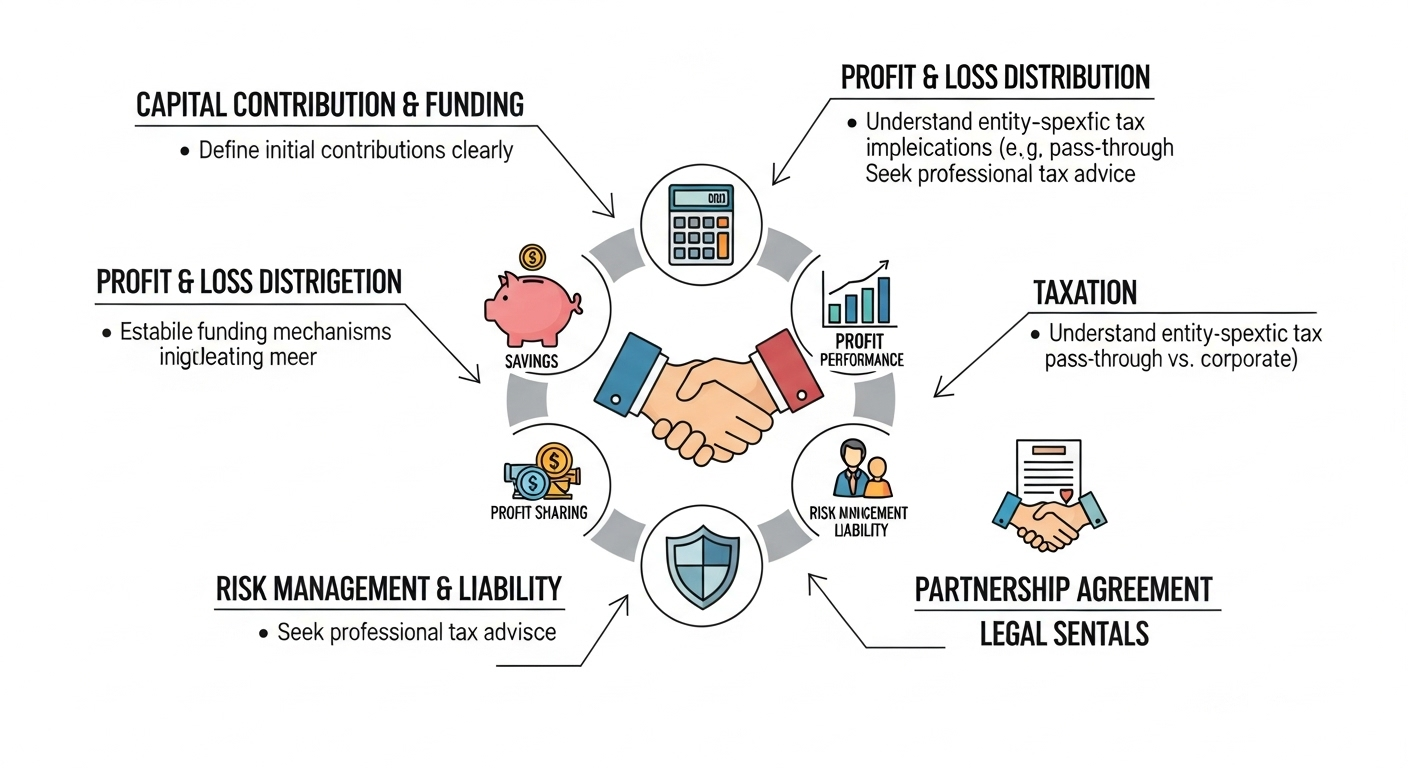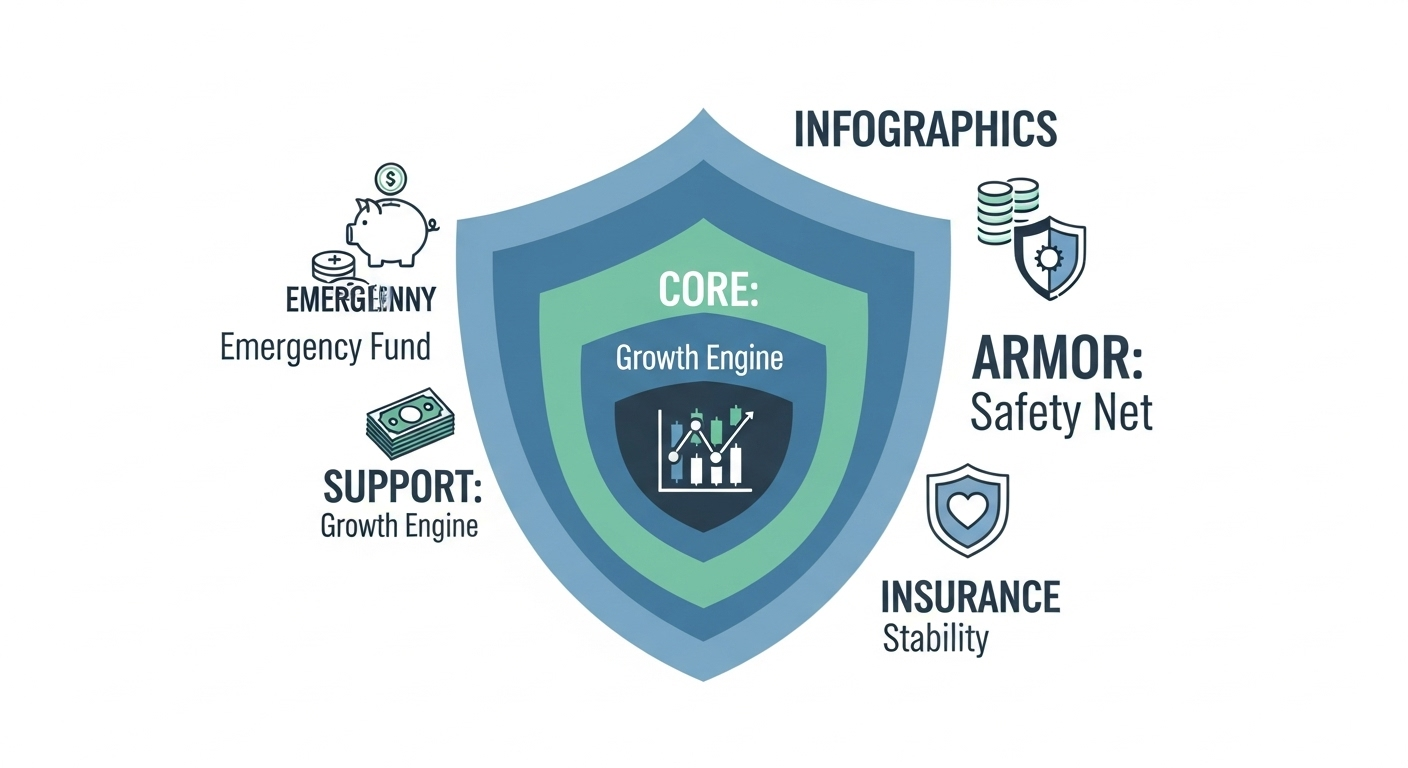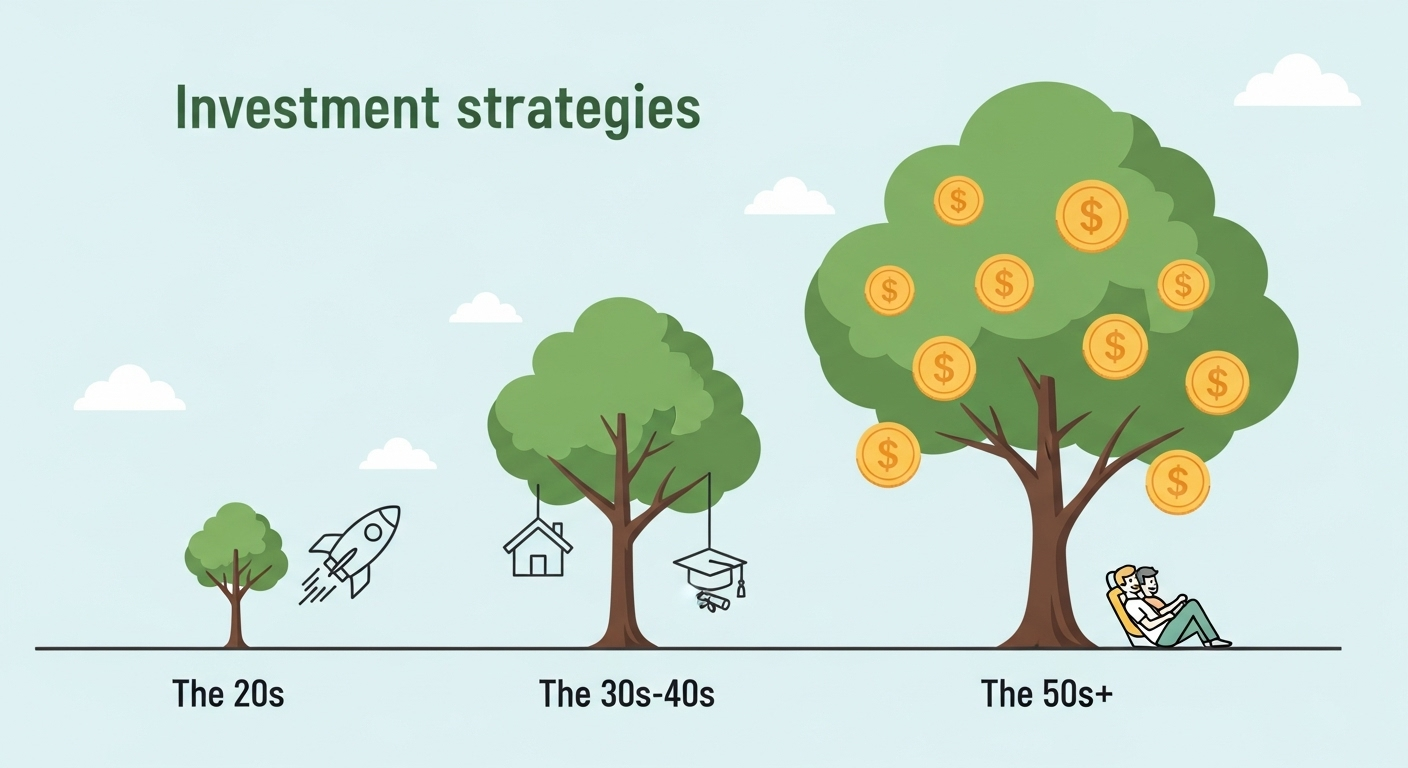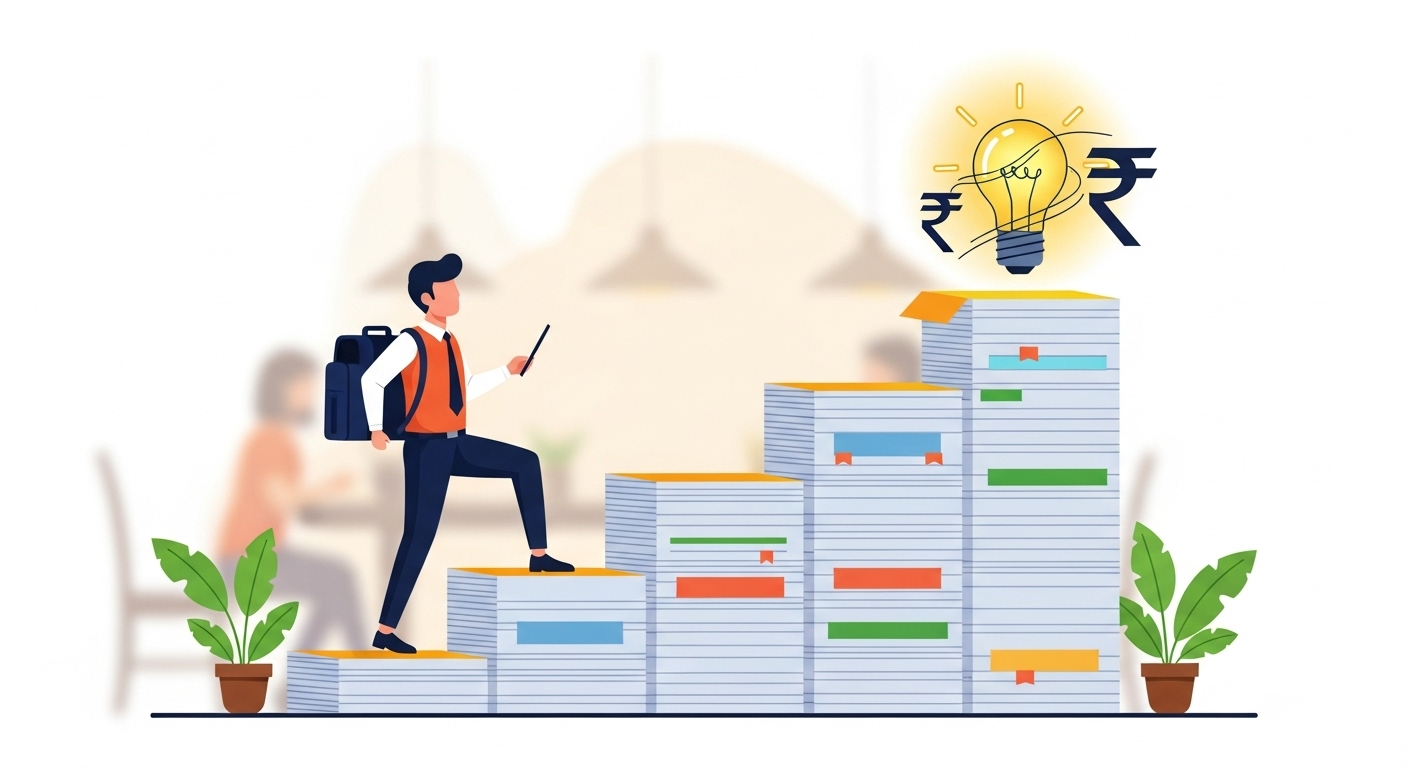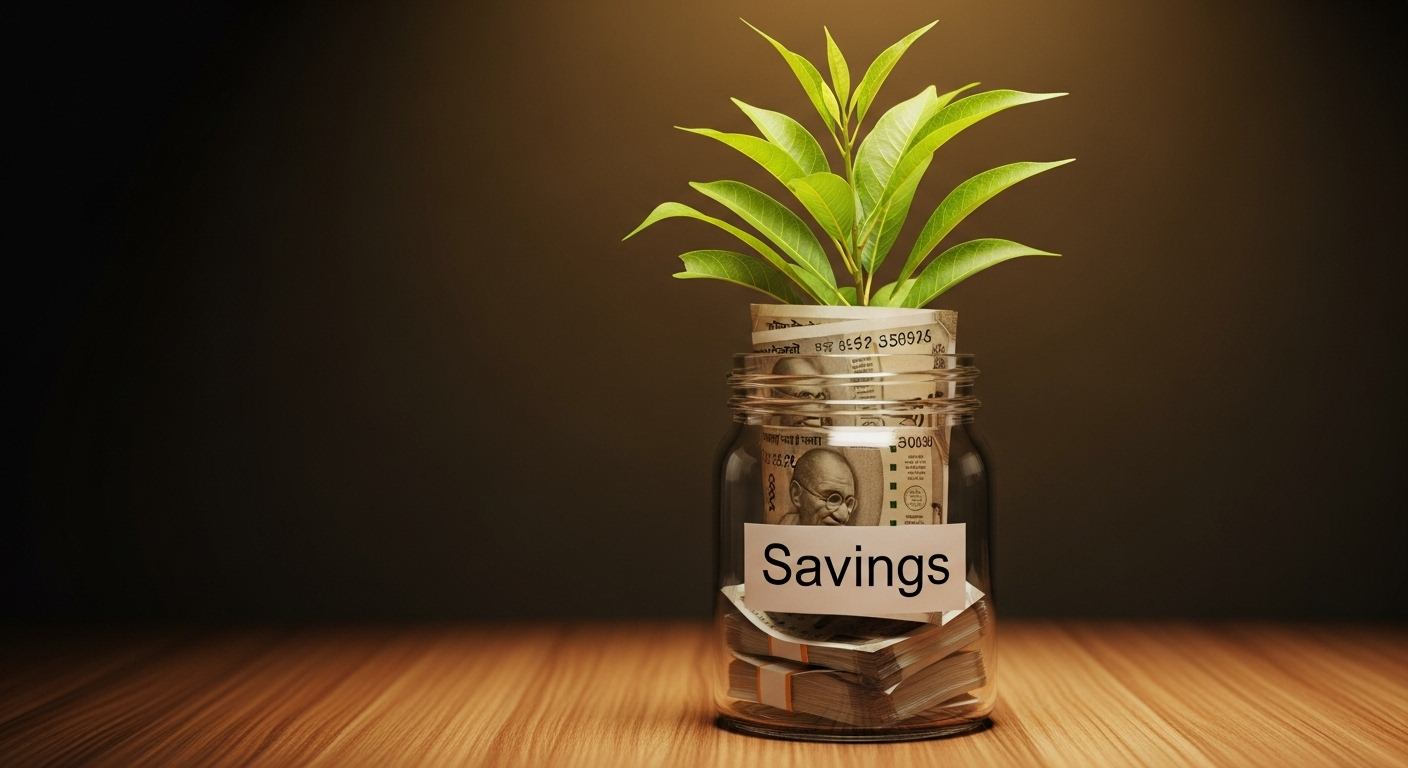
Let’s talk about something that’s quietly picking your pocket every single day. No, it’s not a sneaky subscription service or a hidden fee. It’s inflation. It sounds like a boring, economic term your dad might bring up while watching the news, but its effect is very real. Remember when that cup of cutting chai at the corner stall was ₹5, and now it’s ₹10 or even ₹15? And the packet of biscuits you bought with it seems to have fewer biscuits? That feeling? That’s the impact of inflation in its purest form.
A slow, silent theft.
The frustrating thing about this topic is that we often feel helpless. Petrol prices go up, dal gets more expensive, and our monthly budget gets tighter. We work hard for our money, we try to save, but it feels like we’re on a treadmill, and someone just keeps increasing the speed. But here’s the thing I’ve learned, after years of watching my own savings grapple with this beast: you’re not helpless. You just need a different game plan.
What Even *Is* Inflation? (Forget the Textbooks)
Forget the complicated definitions about the Consumer Price Index for a minute. Let me put it this way: Inflation is the termite of your money. It silently eats away at the purchasing power of your cash. That ₹1,000 note in your wallet might look the same today as it did last year, but it buys you less stuff. Less groceries, less travel, less everything. The value, the *power* of that note, has been nibbled away.
And where is this termite most effective? In places where your money is just sitting still. The biggest mistake—and honestly, it’s a trap so many of us fall into—is thinking our money is “safe” in a savings account. A standard savings account in India gives you, what, 3-4% interest per year? But if the average inflation is running at 6% (sometimes higher, as the The Hindu’s business section often reports), you are actively losing purchasing power every single year. You’re losing 2-3% of your money’s value without even spending a paisa. That’s not safety; that’s a guaranteed loss, delivered slowly.
Let that sink in. Your “safe” money is shrinking. That’s the hard truth we need to face before we can do anything about it.
The Battle Plan: How to Actually Protect Your Savings
So, if cash is trash (or at least, depreciating trash), what’s the plan? You can’t just stop saving. The key is to move from just *saving* to *investing*. You need to put your money in places where it can grow faster than inflation can eat it. You need to build a portfolio of inflation proof investments.
Embrace Equity (Don’t Be Scared)
The single most powerful tool to beat inflation over the long term is owning a piece of great businesses. I’m talking about equity investments. When prices of goods and services go up, the companies selling them often make more money. Their revenues increase, their profits grow, and as a shareholder, you benefit from that growth. Your investment grows *with* inflation, and hopefully, much faster.
I know, the stock market can sound scary. But you don’t have to be a stock-picking genius. For most of us, Systematic Investment Plans (SIPs) in good equity mutual funds are the most accessible and logical way to start. It’s a disciplined approach that helps you build wealth patiently. If you want to learn more about starting small, this resource on financial beginnings has some great ideas.
The Old-School Wisdom of Gold
There’s a reason our parents and grandparents have always trusted gold. It’s not just for weddings. Historically, gold has acted as a fantastic hedge against inflation. When the value of currency goes down, the value of gold often goes up. While it might not generate regular income, holding a part of your portfolio in gold (through Sovereign Gold Bonds or Gold ETFs, for instance) can act as a great insurance policy for your wealth.
Get Real with Real Estate
Property is another classic weapon against inflation. Not only does the value of well-located real estate tend to increase over time, but if you have a rental property, you can also increase the rent to keep up with rising costs. It provides potential for both capital appreciation and growing income. Of course, it requires a large initial investment and isn’t as easily sellable as stocks, so it’s not for everyone, but its power is undeniable.
A Quick Word on Your Most Powerful Asset: You
Wait, there’s something even more interesting here. We’re talking all about where to put your money, but what about your ability to *earn* money? The single best way to combat the impact of rising prices is to increase your income. Investing in your own skills—taking that online course, getting that certification, learning a new high-demand skill—can increase your earning potential far more than any investment. Your career growth is your personal hedge against inflation. For inspiration on personal growth and learning, check out sites like Liittle Wonder.
Frequently Asked Questions: The Real Talk
What about Fixed Deposits (FDs)? My parents swear by them.
I get this all the time. FDs feel incredibly safe, and for a long time, they were a cornerstone of Indian savings. But you have to do the math. Look at the post-tax return on your FD. If the interest rate is 7% and you are in the 30% tax bracket, your actual return is only 4.9%. If the RBI inflation rate target itself is around 4-6%, you are, at best, breaking even or slightly losing purchasing power. They are safer than a savings account, but they are unlikely to help you meaningfully protect your savings in a high-inflation environment.
So, is keeping *any* money in my savings account a bad idea?
No, not at all! This is a crucial distinction. You absolutely need an emergency fund—enough money to cover 3-6 months of living expenses—in a place that’s completely safe and easily accessible, like a savings account or a liquid fund. The goal isn’t to invest every single rupee. The goal is to avoid keeping your *long-term* savings, the money meant for future goals, in a place where it will be eroded by inflation.
I don’t have a lot of money to invest. What can I do?
You don’t need a lot of money to start. That’s the beauty of modern investing. You can start an SIP in an equity mutual fund with as little as ₹500 a month. The key is not the amount, but the habit. Starting small and being consistent is far more powerful than waiting until you have a large sum to invest. Just start.
What is a “good” return to beat inflation?
A good rule of thumb is to aim for a long-term return that is at least 3-4 percentage points higher than the average rate of inflation. So, if average inflation is 6%, you should be looking for a portfolio that has the potential to generate 9-10% or more over the long run. This ensures you are not just keeping pace, but actually growing your wealth in real terms.


